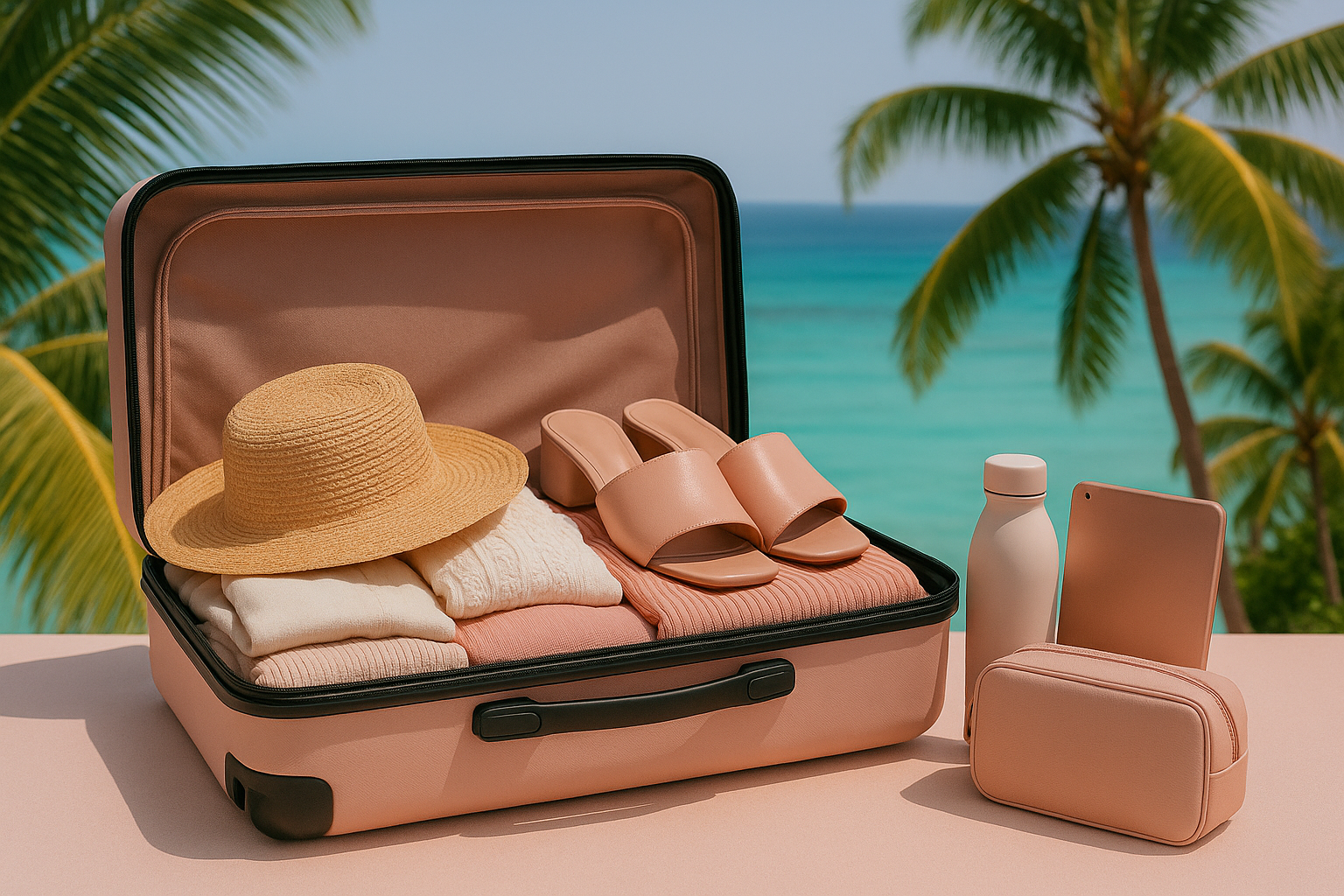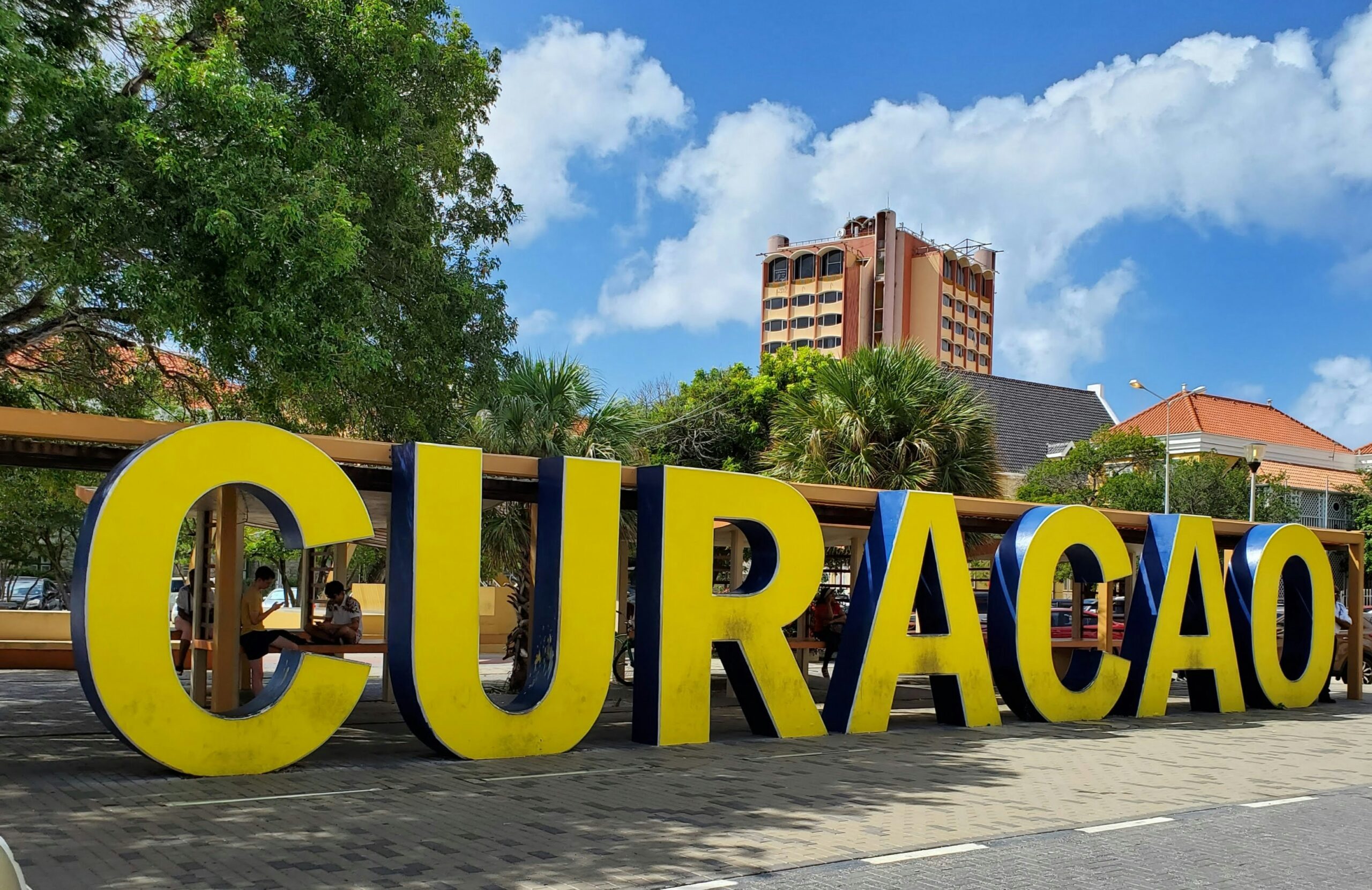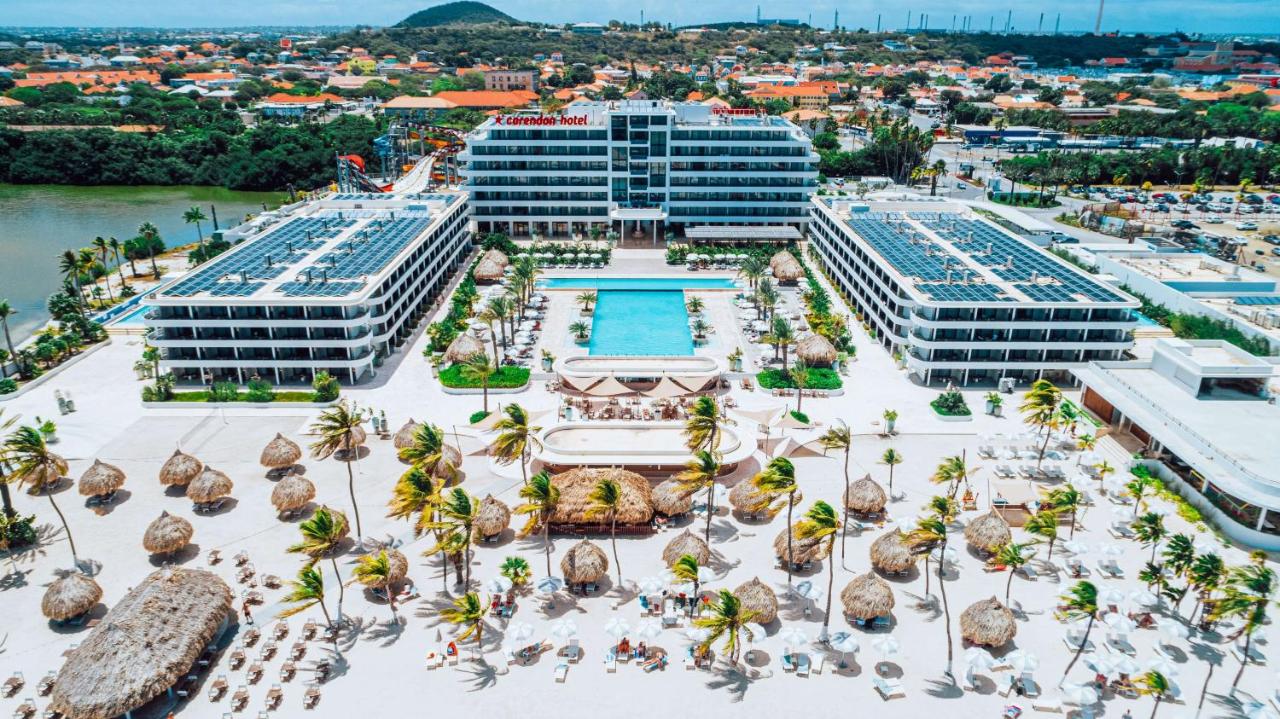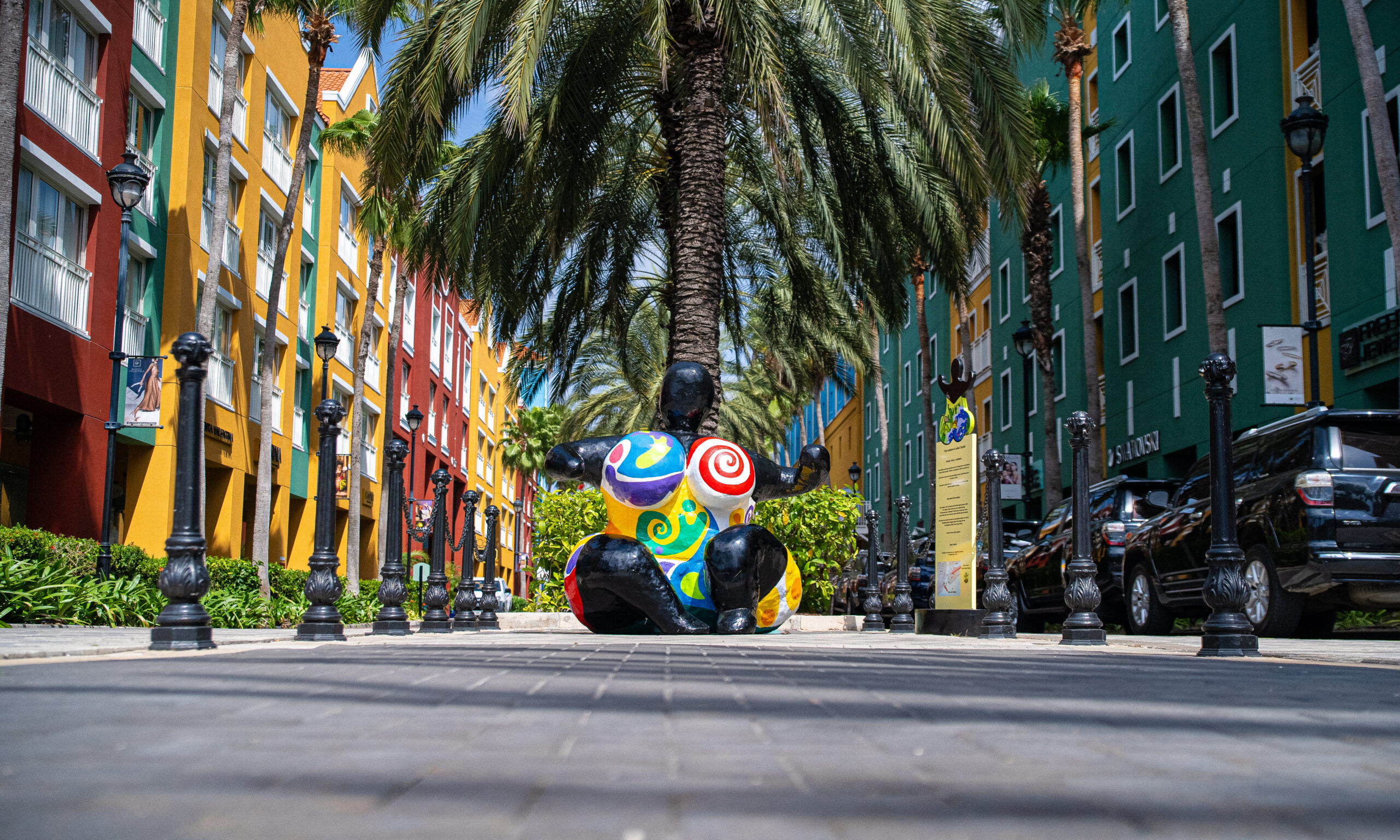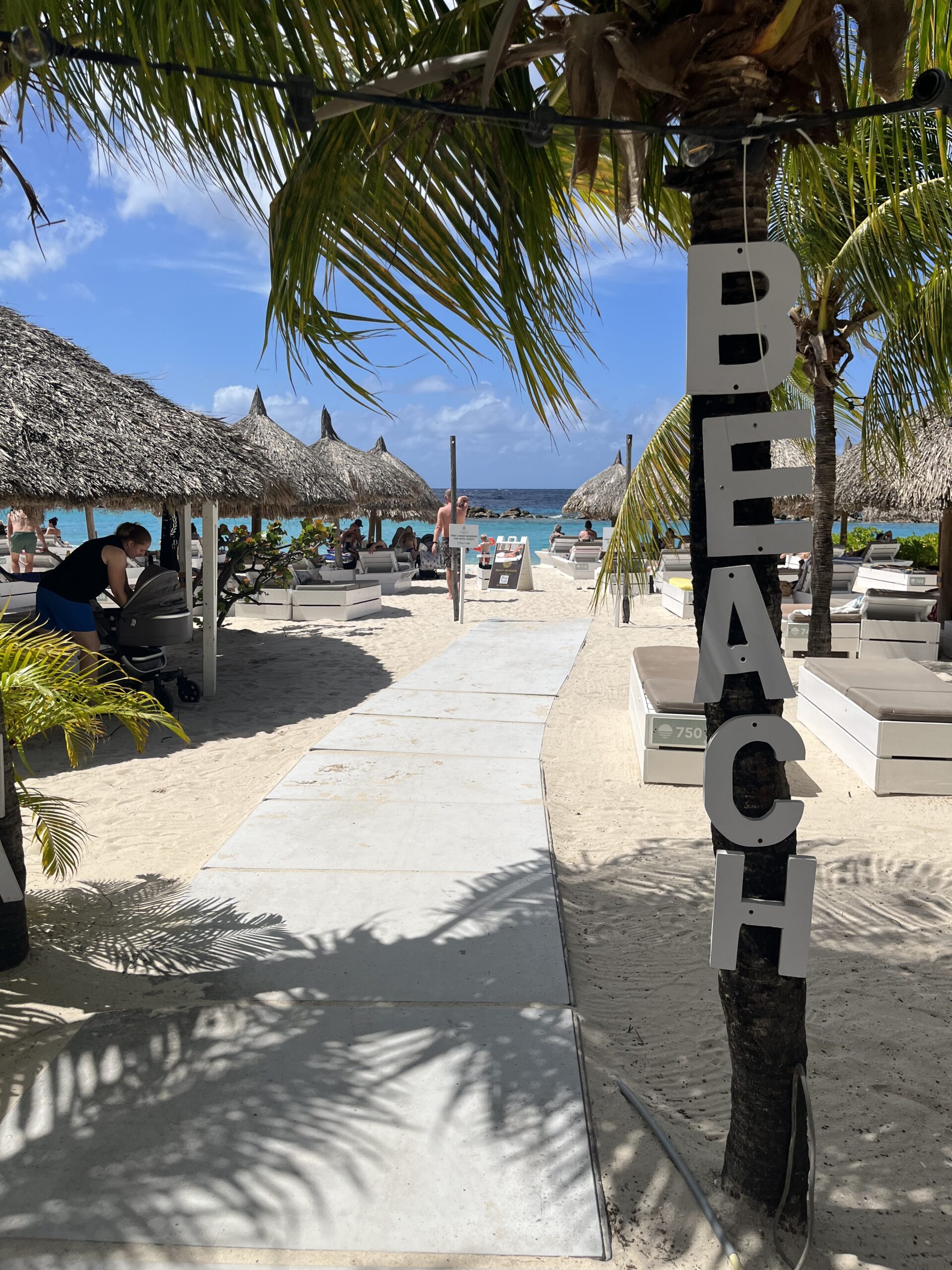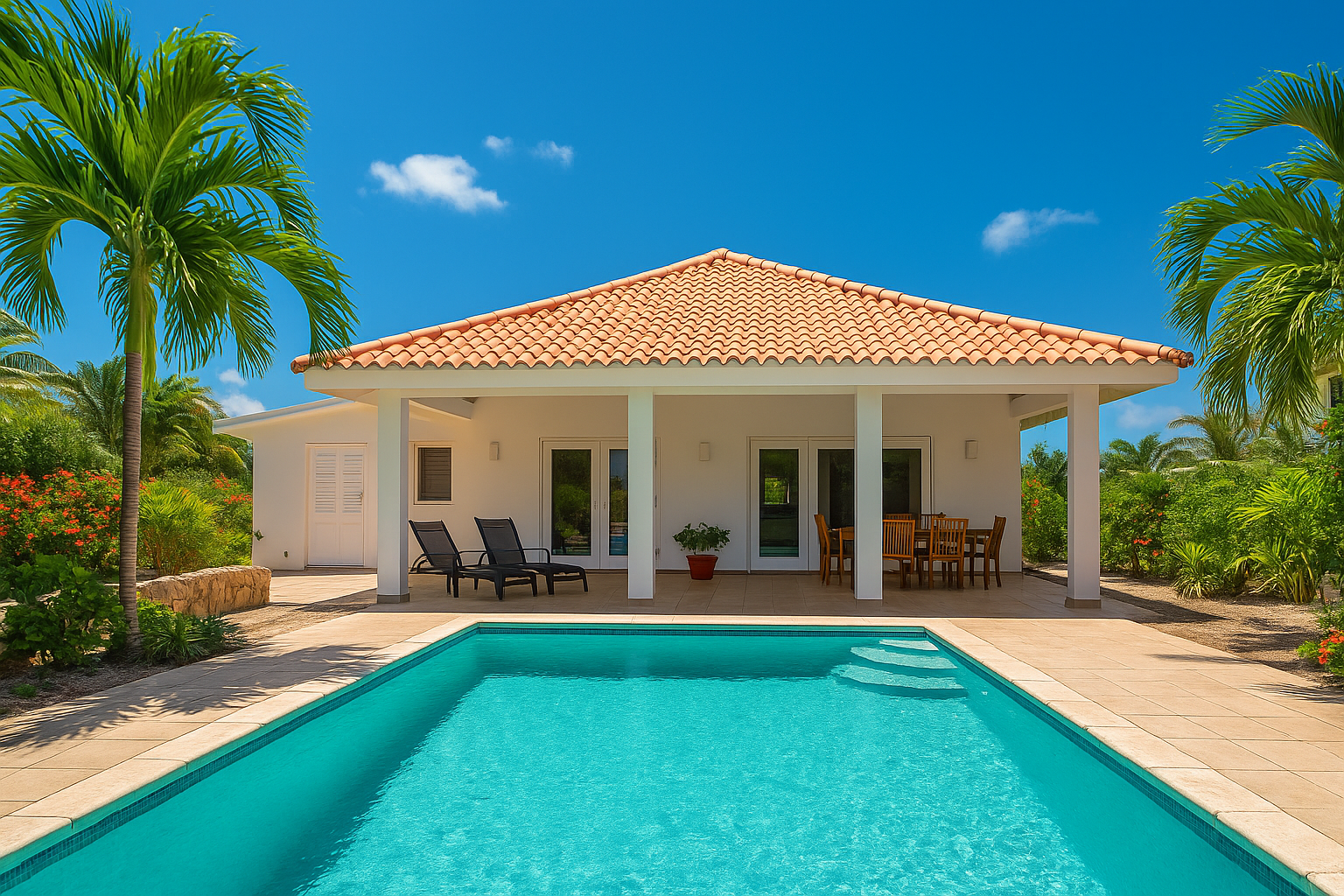Curaçao is often celebrated for its turquoise waters and pastel-colored architecture. However, beyond the resorts and Instagram-worthy shots, the island’s heartbeat lies in the rhythms of everyday life. Music, rituals, games, street scenes, and self-expression weave together the fabric of local culture.
This is a glimpse into the real Curaçao, the aspects you won’t always find in guidebooks but that truly define daily life on the island.
Domino Nights and the Neighborhood Snek
Few things capture Curaçaoan life better than an evening at the snek. A snek is more than a snack bar, it is a neighborhood hub. Here, people gather not only for fried fish and cold beer but also for a few lively rounds of domino.
In fact, domino is more than a game; it is a ritual. Players slam tiles with dramatic flair, laughter echoes, and conversations shift effortlessly from politics to family life. As a result, the snek becomes both a social club and a cultural stage.
Tip for travelers: Visit a local snek on your trip. Find Curaçao food & bar tours here

The Lottery: Robbie’s, Lucky Seven, and Street Vendors
In addition to domino nights, the lottery plays a central role in daily routines. Robbie’s Lottery and Lucky Seven are household names, and tickets are sold almost everywhere, from kiosks to drive-thrus.
Drivers often slow down at intersections, roll down their windows, and buy a ticket from a street vendor before continuing on their way. For many, it’s not just about winning, it’s about hope, anticipation, and conversation.
Check out Activities & Tours Curaçao and explore neighborhoods.
Firecrackers and Spirit Beliefs
Traditions also reflect older beliefs. For example, during New Year’s, pagara firecrackers are set off not only for celebration but also to chase away evil spirits. The crackling sound fills the streets while red paper scatters like confetti of renewal.
Tambú Music: The Rhythm of Resistance
Meanwhile, in the realm of music, tambú holds a special place. Sometimes called the “blues of Curaçao,” tambú originated during the era of slavery as a form of coded communication and resistance.
Driven by the tambú drum and the sharp rhythm of the chapi, its songs, sung in Papiamentu, carry stories of hardship, love, and resilience. Although once banned, tambú now thrives as a proud symbol of Afro-Curaçaoan heritage.
Learn more about the different Festivals at Curaçao

Car Culture, Motorbikes, and Street Races
In contrast to tambú’s deep history, car culture shows the island’s modern pride. On weekends, polished vehicles gleam under the Caribbean sun. Cars and bikes are not merely transport; they are extensions of identity.
Among the youth, modified motorbikes and informal street races highlight a shared passion for speed, sound, and style. For many, it’s not only about competition, but also about enjoying the moment together and being part of a lively community.
The Carwash Ritual
Furthermore, Curaçao’s carwash culture elevates vehicle care to an art form. On Saturdays, lines of cars wait for a thorough shine. A spotless car signals discipline, pride, and success.
Style, Pride, and Personal Expression
Self-expression extends beyond cars. From hairstyles and long acrylic nails to polished shoes and clothes, Curaçaoans embrace the culture of “glimming”, to shine. Hair salons and barbershops double as social spaces.
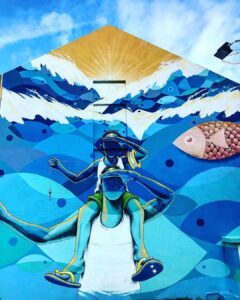
Bachata, Salsa, and Social Dance
Equally important is the role of dance. While tambú connects to heritage, the island also moves to bachata, salsa, and merengue. Couples spin and sway late into the night, not as performance but as connection and joy.
Book here your Cultural Night and Local Food tasting
Murals and Street Art
Meanwhile, the streets of Willemstad, Otrobanda, and Pietermaai have become living galleries. Murals depict ancestors, political commentary, and vibrant abstractions. Each painting tells a story, giving the city walls a voice.
Discover Curaçao’s murals on a guided walking tour, book here.
Sunday as Family Day
Finally, no glimpse of Curaçaoan life would be complete without Sundays. For locals, Sunday is sacred: a day for family. Backyards fill with the smell of stoba stew, grills fire up, and laughter drifts across neighborhoods.
Church in the morning often gives way to afternoons of food, music, and relaxation. As a result, Sunday becomes both rest and reconnection.
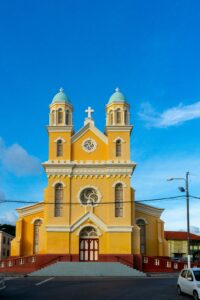
Book your Trip to Curaçao here at Expedia.com from $596 for 7 days
Why These Traditions Matter
Taken together, domino nights, lottery tickets, tambú rhythms, car culture, murals, and Sunday gatherings, these rituals reveal Curaçao beyond the beaches. They show a community where culture lives in the streets, in music, in laughter, and in the shine of a freshly washed car.
Ready to explore the local Food? Book here the Private Local Food Tour
Conclusion
To truly understand Curaçao, you must go beyond the resorts. Step into a neighborhood snek, listen to tambú, notice the street vendors, or watch a mural unfold in color. Visit on a Sunday, and you’ll witness families gathered, cars gleaming, and music filling the air.
Curaçao is beaches and sunshine, yes,but it is also community, rhythm, and resilience. And that’s the Curaçao most travelers never see, yet it’s the one worth discovering.
Ready to explore the real Curaçao? Book your flight here | Find accommodation here | Join local tours here | Check Amazon travel essentials.
Disclaimer
All prices, availability, and details mentioned are subject to change. No rights can be derived from this information. Everything in this article is written with love for Curaçao and its people, aiming to share the island’s culture and traditions with respect.
This page contains affiliate links




